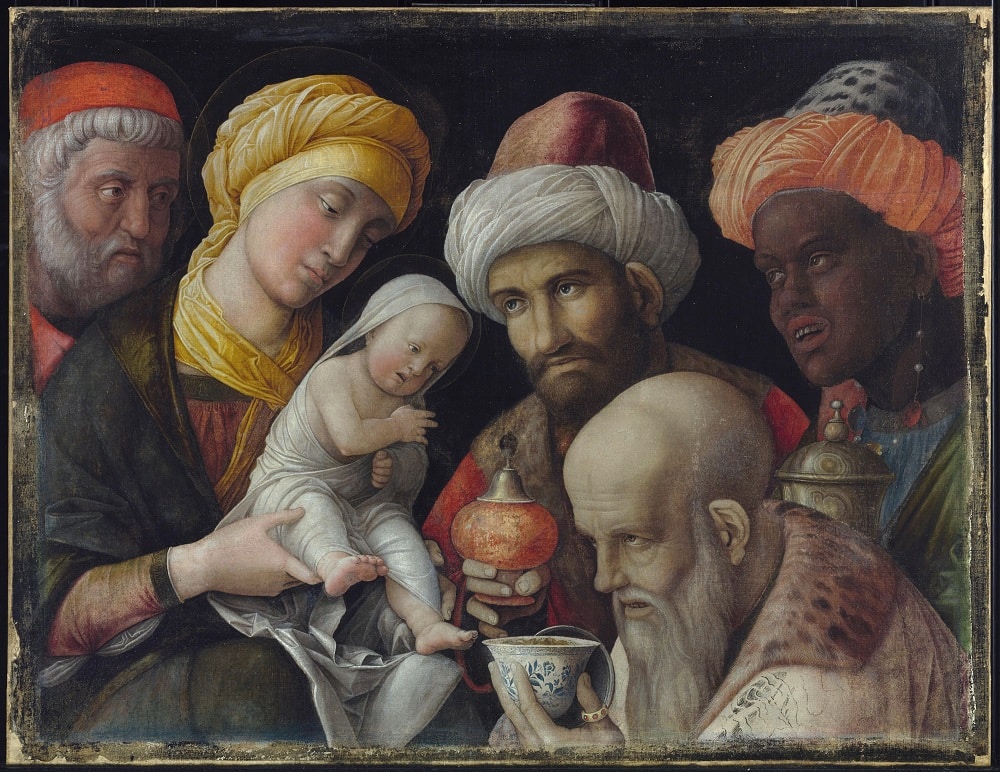 Question: I have heard that the tilma of Our Lady of Guadalupe has painted additions. I was led to believe the image was miraculous, and this news seems to lessen the miraculous quality of the image. Further, why would any human being even think of painting on or over any part of the image? This seems so impious. What am I to make of these painted touch-ups?
Question: I have heard that the tilma of Our Lady of Guadalupe has painted additions. I was led to believe the image was miraculous, and this news seems to lessen the miraculous quality of the image. Further, why would any human being even think of painting on or over any part of the image? This seems so impious. What am I to make of these painted touch-ups?
— Name withheld
Answer: Yes, there have been some painted additions to it over the years. For example, a crown was added but later removed. Some angels were also painted alongside her, but they, too, later faded. Some other alleged additions or “touch-ups” to her face, etc., are not easy to verify.
This ought not to shake your faith in the tilma as authentic. In a way, it reinforces what is authentic about it. The actual and original image remains 500 years after its creation on a rough cactus cloth that should have disintegrated long ago. And painted additions have not stood the test of time, though the miraculous portions have. It still remains uncertain as to what comprises the original image. It does not seem to be paint or dye or colored fibers. It remains a mystery. Further, the astonishing details in the eyes of the Blessed Mother with Juan Diego and numerous others, refracted just as in a real human eye, are remarkable. So, what is clearly human artistry seems not to prevail, but what is seemingly miraculous perdures. This affirms rather than denigrates the authenticity of the true image.
As for your observation that it seems impious to paint on the tilma, this is certainly the modern notion. We tend to leave historical and precious things untouched. But the more ancient approach was often to embellish and build glorious churches over holy sites, such as on places of the Nativity, Crucifixion and Resurrection. We encase simple relics in golden ostensoria, etc. It is also remarkable that the tilma and Shroud of Turin hung out in the open air for centuries before being encased in special containers to protect from the light and air. We, on the other hand, like to restore historical sites to their appearance at the time of the crucial events. Precious articles and documents are also preserved in careful ways. This, of course, makes the items more remote from the faithful, but it does protect them.
Moderation of news
Question: I watch a lot of cable news and read a lot of Catholic news. But how much is too much? I have heard that some Catholics I know have largely unplugged from all but a very few news sources. But shouldn’t we be informed? Any thoughts?
— Gerald Morriset, Cape May, New Jersey
Answer: As with many things of this sort, there are prudential judgments involved. There are some people who need to stay up with the news in government or in the Church since they need that information to lead, or to give comment or advice. Others, however, are less required to keep up with all the details.
Many, if not most, are not required to spend extensive time watching the extended coverage and what some call the political theatre that is daily fare on cable news. Likewise, many do not need to know all the details of the latest debates inside the Church, between theologians, bishops, lay groups, etc. Too steady a diet of all this drama can leave people angry, discouraged or even bitter and divisive. And besides, there isn’t much one can do about political divisions or Church debates. You will know something by its fruits. If staying informed helps you to pray and equips you to make a difference, it is a good thing. If it causes anger and bitterness, it may be time to limit exposure and get just the essentials.
One of the weapons of the devil is to have us focus on what we cannot change so that we do not focus on what we can change. Most of us have plenty of work to do in our own lives and families, which should be our focus rather than what is wrong or controversial with everyone else or every level of the Church or government. A weekly review of a paper such as Our Sunday Visitor or a quick glance at a news aggregator service is likely enough information for the average person.
Again, there are some who need to know more, but for most, moderation is the key.
Msgr. Charles Pope is the pastor of Holy Comforter-St. Cyprian in Washington, D.C., and writes for the Archdiocese of Washington, D.C. at blog.adw.org. Send questions to msgrpope@osv.com.







